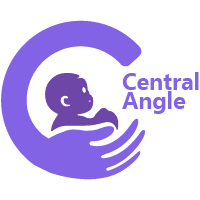
Central Asian Angel
- Customer Type
- …
- Customer Type
Central Asian Angel
- Customer Type
- …
- Customer Type
Assisted reproductive technology
Your journey to parenthood starts here
Types of assisted reproductive technology
Supporting LGBT+ parenthood the number of LGBT+ receiving fertility treatments is rising swiftly, with more and more couples taking steps to have children.
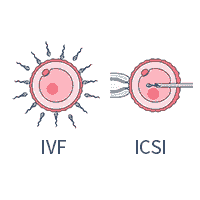
IVF/ICSI
- In-Vitro Fertilisation (IVF) is a procedure that involves surgical removal of an egg from the woman’s ovaries and fertilising it with sperm in the laboratory. The fertilised egg or embryo is then placed back into the woman’s womb to grow and develop.
- ICSI is a technique to fertilise an egg by micro-injecting sperm that would otherwise not be able to achieve fertilisation. The fertilisation rate through ICSI per egg is about 60-70%.
- The female partner undergoes the same preparation and egg collection as in conventional IVF. The only difference is in the fertilisation process in the IVF laboratory. A few hours after the egg collection, only mature eggs are injected with sperm under the microscope and checked for fertilisation the following morning.
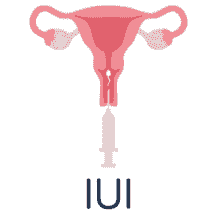
Intrauterine insemination (IUI)
- Intrauterine insemination (IUI) is an assisted conception technique (also known as ‘artificial insemination’) in which sperm is placed directly into a woman’s womb at the time of ovulation, to aid conception.
- Sometimes IUI is conducted without the use of fertility drugs, often when a woman is using a sperm donor. Other times, IUI is conducted using fertility drugs (‘stimulated IUI’) to stimulate the woman’s egg production process. This can increase the odds of successful conception, but it also makes the chance of multiple births greater. A good fertility doctor will help you to weigh up these decisions.
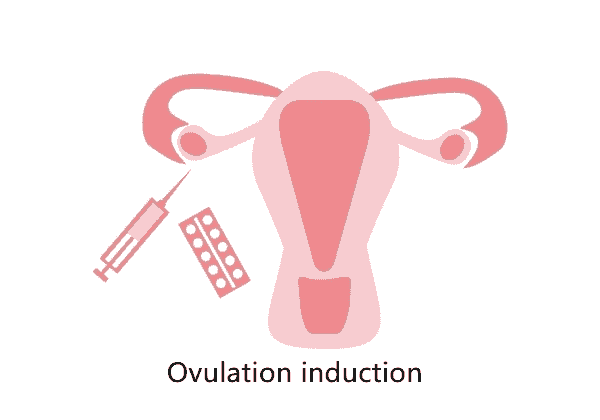
Ovulation induction
- For women who don’t have a regular menstrual cycle.
- Ovulation induction helps to stimulate production of more eggs and identify the optimal fertile time to have natural conception.

Follicle tracking scan
- The human egg is very small and grows within a tiny cyst called a follicle. Each month at the beginning of your cycle, one follicle matures from 5mm, to 20mm on the 13th or 14th day of the cycle, when it ruptures and releases the egg.
- It is also possible to release the egg 36-40 hours later by means of an injection (HCG).
- Follicle tracking allows us to follow the growth of the follicle by ultrasound. It is carried out to gauge when egg extraction is best performed, and is also performed in conjunction with artificial insemination.
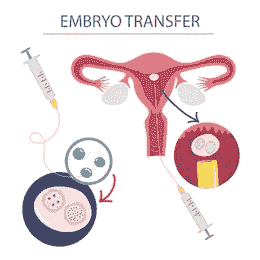
Blastocyst transfer
- We want you to have the best possible chance of a successful IVF/ICSI cycle. The success rate of IVF and ICSI treatments are improved by delaying the embryo transfer until five to six days after egg collection, at which stage the embryo is called a blastocyst.
- We often decide to transfer blastocysts depending on the quality and number of embryos available three days after fertilisation. The treatment cycles of blastocyst embryos are very similar to the routines of the IVF and ICSI cycles. The difference with blastocyst transfer is that the embryos are allowed to develop for 5-6 days instead of 2-3 in normal IVF/ICSI treatments before transfer.
- Blastocyst transfer involves the transfer of the blastocyst into the uterus (womb) using a flexible catheter with its passage monitored through an ultrasound scan. The procedure does not need patient sedation and any discomfort the patient feels is only as a result of the full bladder.
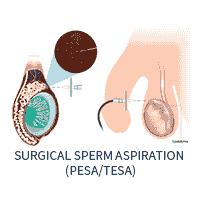
Surgical sperm aspiration (PESA/TESA)
- This procedure allows collection of sperm so it can used to fertilise an egg or be frozen for future use.
- Surgical sperm aspiration (otherwise known as sperm retrieval) is a treatment that we recommend for men with azoospermia.
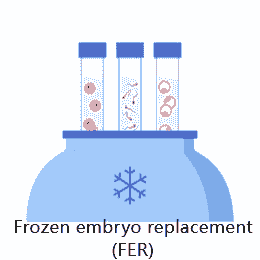
Frozen embryo replacement (FER)
- Frozen embryo replacement (FER) is a relatively simple procedure which allows us to store any good quality unused embryos, so that you may use them in a future cycle without having the need to undergo the egg collection process.
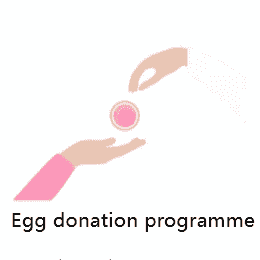
Egg donation programme
- Egg donation is a special process whereby a patient uses another woman’s eggs to become pregnant. There are times when egg donation is offered as an option to our patients. These include when a female patient has undergone radiotherapy or chemotherapy treatment, when the woman’s eggs are not able to produce a baby, and when a same sex couple or individual is not able to conceive.
- Additionally, egg donation offers an alternative option to women who are carriers of genetic disorders and do not want to pass the condition to their baby.
- Donated eggs can be fertilised using a partner’s sperm or a donor if necessary.

Surrogacy
- Surrogacy is often chosen in instances when a couple have experienced recurrent miscarriage or repeated failure of IVF treatment; women have a markedly abnormal or absent uterus; women have had hysterectomy; for same sex couples who need a host in order to conceive.
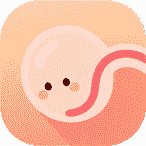
IVF

ICSI
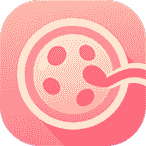
IUI
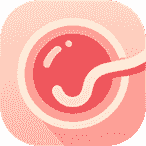
Egg donation

Egg freezing

Sperm freezing
How is it Done?
IVF is a series of procedures to assist in conception. Here, is an easy to understand breakdown of IVF steps:
1Ovarian Stimulation
The female partner starts hormone treatment. Medications like follicle stimulating hormone (FSH) and luteinizing hormone (LH) are administered to stimulate the ovaries to produce multiple eggs. Blood tests and ultrasounds are used to monitor the follicles.
2Egg Retrieval
Once follicles are of appropriate size, a trigger shot is administered to mature the eggs. Eggs are retrieved from ovaries through a minimally invasive procedure guided by ultrasound.
3Fertilisation
Eggs are combined with prepared sperm in a laboratory dish to allow fertilisation. Sometimes, ICSI is used to inject a single sperm directly into an egg.
4Embryo Development
Fertilised eggs develop into embryos under carefully controlled conditions in the lab over 3-5 days.
5Embryo Transfer
The best quality embryo(s) are selected for transfer into the uterus via a thin catheter, guided by ultrasound. Hormonal support is given to prepare the uterine lining for implantation.
6Pregnancy
Successful embryo implantation may lead to pregnancy. Pregnancy tests are performed approximately 10-14 days after embryo transfer to confirm implantation.
Book Your Consultation Today
Choose a convenient date and time for your appointment
AllSurrogacy Options ServicesIn Vitro Fertilization ServicesEgg Donation Services
Easy Online Booking
Our consultation booking system allows you to schedule appointments at your convenience. Simply fill out the form, and our team will reach out to confirm your appointment time and provide any necessary information.Select date and time
Event time zone:Asia/Shanghai GMT+08:00Book NowContact Us
We’re here to assist you on your journey to parenthood.

WhatsAPP

WeChatApp



















